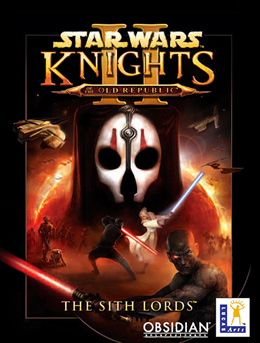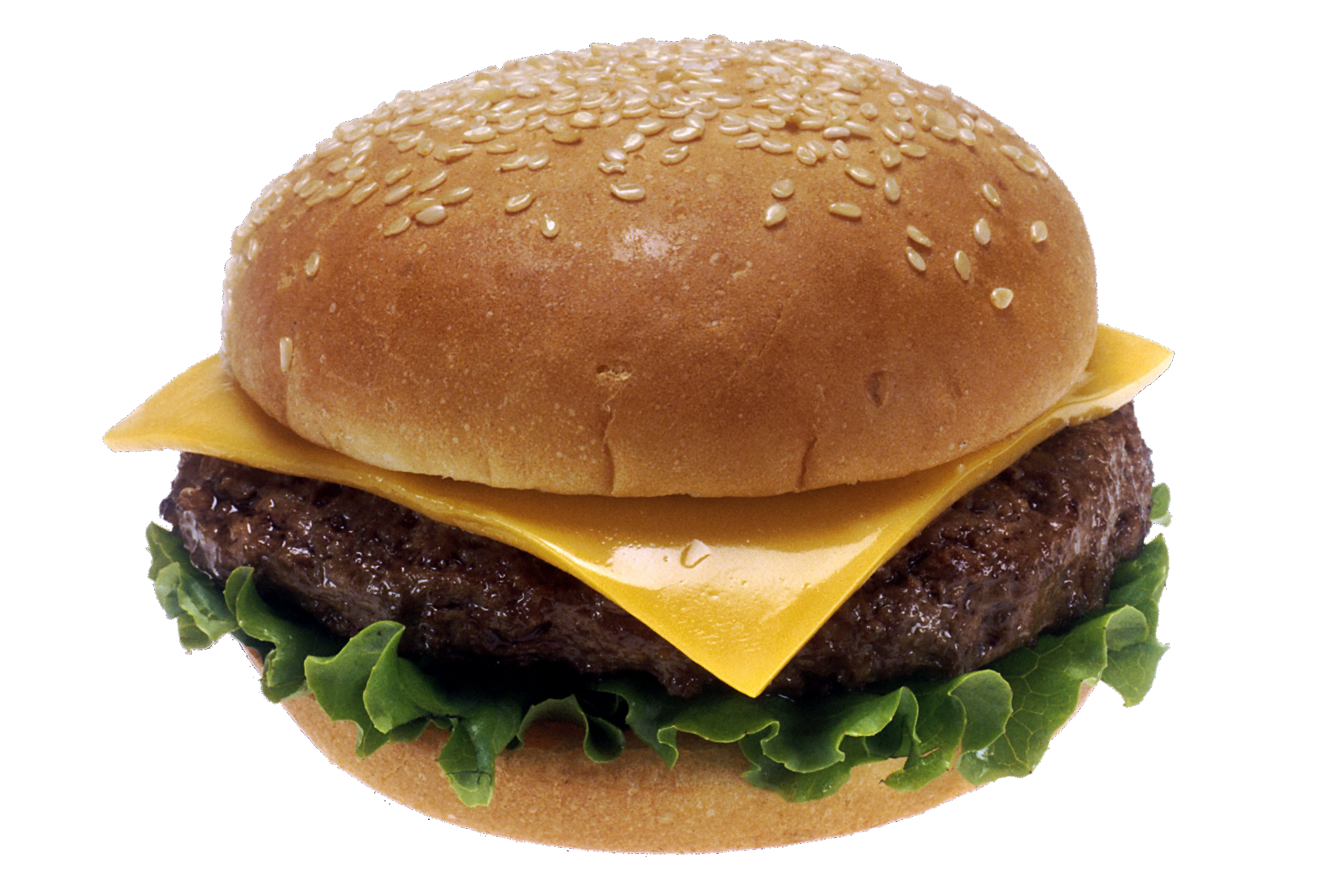No eyes, glowing eyes, lightsabers...oh baby.
I played Knights of the Old Republic long after its original release. Despite its wonky controls and my lack of game mechanical understanding, its plot grasped me. It has one of the most baller twists at its climax. The writing is pretty good and its voice acting is very good. It's Star Wars. You are a Jedi. The fact that BioWare--the Canadian developer responsible for Mass Effect--made it didn't hurt, either.
I knew KOTOR had a sequel, and I knew that sequel wasn't the work of BioWare but Obsidian, a developer known for its veteran management team comprised of the brains behind critically lauded Planescape: Torment and the first two Fallout game--all of which known for their excellent storytelling. Unfortunately, Obsidian is not known for its original IPs: to date, only two of their released games are non-sequels: Alpha Protocol and South Park: The Stick of Truth, the former being a misfire of a good idea and the latter being a pretty good game.
"Buggy" doesn't necessarily denote "bad," however, as between Obsidian's bug fest Fallout: New Vegas and Bethesda's bug casual get-together Fallout 3, I got more enjoyment out of Fallout: New Vegas. Part of my appreciation of New Vegas stems from a better understanding of its mechanics and a better understanding of role playing games in general, so I can't give Obsidian all the credit. But their writing did keep me going.
And so far, the writing of Knights of the Old Republic II: The Sith Lords has been compelling, maybe even more so than the original KOTOR. The dialogues between the player character and NPC Kreia contemplate the role of the Jedi in the Old Republic and what purpose they serve, rather than reduce the Jedi to merely the side of good as the films are wont to do. The previous game is even referred back to, even though The Sith Lords isn't a strict continuation of the original's story. The fate of KOTOR's player character is discussed by characters, and KOTOR II's player character can even speculate what happened.
It's a minor thing, but such writing allows for the player to rewrite the mythology of a game, even if they previously rewrote the mythology themselves. We don't get that sort of writing often, though it may be the product of KOTOR II's being a sequel to a game by another studio. The fact that they didn't produce the original didn't give them a strong enough attachment to characters and locations to just let The Sith Lords be KOTOR: The Next Chapter. That wouldn't be a bad thing, but dispensing with the old allows for new worlds to be trod.
Not all of the old is dispensed with in The Sith Lords, however. Characters from the original make appearances, but they make room for new characters. I got a warm feeling seeing these characters, then an immediate chill because I don't know what happened to them and the game hasn't told me yet. Still, it's all a comforting callback while letting us go elsewhere.
I am not done with KOTOR II. So far, I've had an easier time with it since its mechanics are distantly based on Third Edition Dungeons & Dragons rules, which I now get. Mysterious NPC Kreia intrigues me with her unknown origins and hood pulled down so it obscures her eyes. Blaster noises make me giddy. I still need a lightsaber. Six hours in, I still look forward to what's left.

